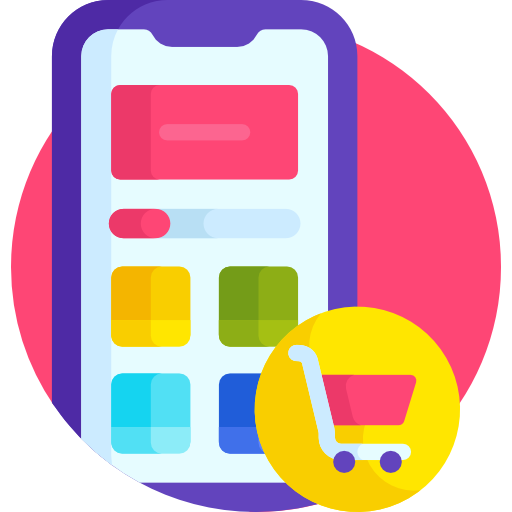Companies across all industries in the present data-driven world rely on artificial intelligent (AI) as well as machine learning (ML) to gain valuable insights out of vast quantities of data. An image annotation technique is a key computer imaging technique that plays a essential role in making images data accessible. In this article, we look at the world of image analysis and examine the importance of software, tools and solutions that facilitate decision-making based on data.

Image annotation involves the process of tagging or labeling images with metadata, allowing computers to comprehend and interpret visually-related data with accuracy. Image annotation lets models to recognize objects, patterns and other attributes in images, by introducing annotations such as bounding boxes or polygons. This technique connects raw image data and actionable insights, paving the way for applications in various domains, including autonomous vehicles, medical imaging, e-commerce, and surveillance systems.
To speed up the annotation process, an extensive assortment of annotation tools have been created. They have user-friendly interfaces which allow users to easily mark images or objects of curiosity. They provide a range of annotation options as well as customization features to suit different requirements for data. Image annotation tools offer a variety of tools, including basic drawing tools to automatic suggestions, as well as advanced shape recognition. They increase the precision and efficiency of the annotation process and permit annotators to perform their effectively and efficiently.
Image annotation takes the annotation process to the next level by incorporating automation and collaboration features. These software applications use ML algorithms to automate the process making it easier to work with less manual effort and increasing the speed at which annotations are made. The software for annotation uses techniques such as active learning and transfer learning to speed up the process of labeling, while also ensuring high-quality results.
An annotation software allows seamless collaboration among multiple annotators. It enables real-time communication, annotation versioning and comments, as well as fostering the environment for collaboration. This approach is collaborative and improves annotation quality, and allows sharing of information and helps ensure uniformity between annotations.
In choosing an image-annotation system You should take into consideration a number of factors. The first is that the solution should match the particular requirements of the project, which includes the type of annotation needed (e.g., bounding boxes, polygons, keypoints) and the difficulty of the labeling process, and the ability to scale the solution.
The second is flexibility in the solution is crucial. A reliable annotation tool should enable the customization of workflows for annotation and integration with existing data management systems and compatibility with many data formats. This flexibility will allow the annotation software to integrate seamlessly into workflows already in place.
Thirdly, the quality of annotations created by the application should be evaluated. Quality control tools are employed by trusted image annotation software to ensure uniform and precise labeling. These may include check for agreement between annotations, inter-annotator validation and continuous feedback loops between annotators and reviewers.
Image annotation can have a wide-ranging impact that goes far beyond the annotation process. With the help of tools for image annotation and software, organizations can maximize the value of their information in several ways. In the first place, precise annotations allow for better and more reliable ML model training and development. The models are then used across a range of applications such as image classification, object recognition, and anomaly detecting.
Image annotation also facilitates decisions based on data by providing rich, meaningful insight from the visual data. In the field of healthcare medical imaging with annotations can aid in diagnosing conditions, recognize abnormalities or determine the best treatments. Images are often used to make annotations in e-commerce to support image search functionality such as visual merchandising product recommendations systems.
Image annotation combined with data science has changed the way we work. It’s an effective instrument that unlocks an abundance of information. It can speed up data analysis, uncover undiscovered relationships, and produce instantaneous insights. Through image annotation, businesses can streamline their processes, get to market faster, reduce costs and gain an competitive edge. Annotated images are more easily understood and valuable for all the stakeholders in any organization because they allow for the visualization of concepts more easily than abstract images. In the end, if used correctly an image annotation can be powerful in transforming data into actionable data and maximizing its utility in all sorts of applications.

